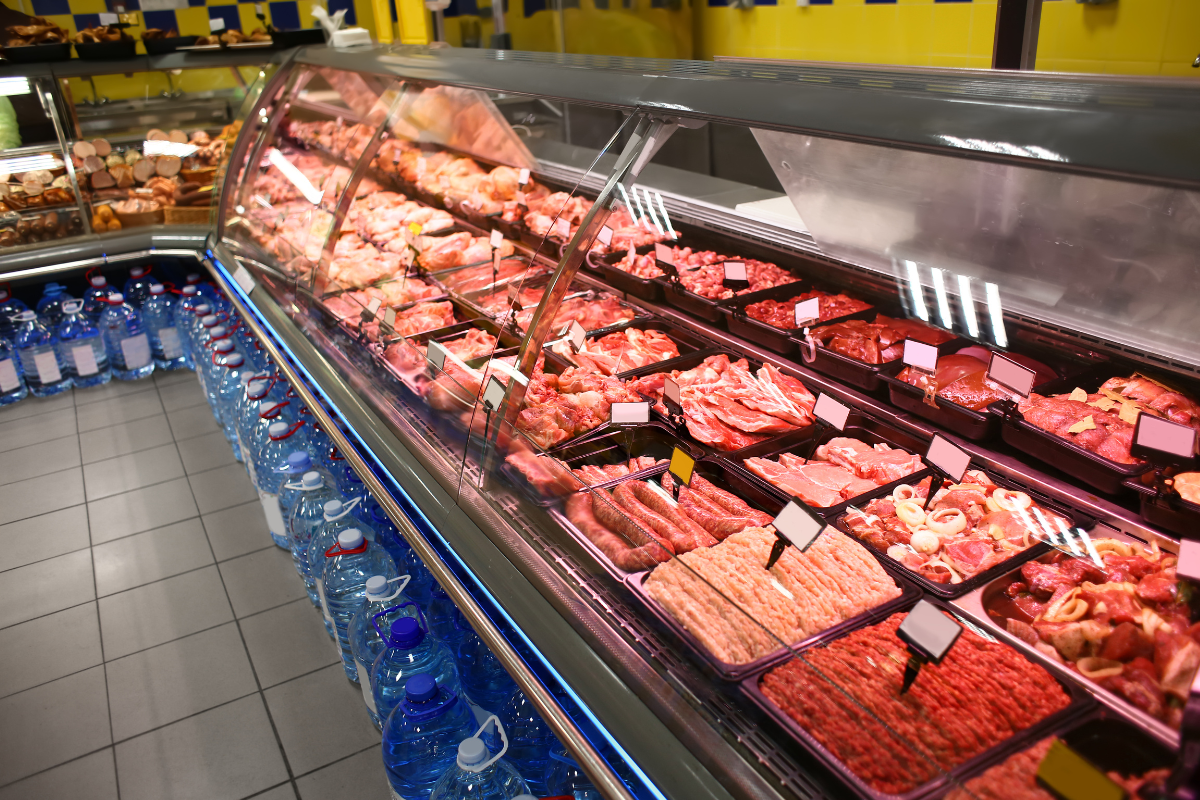Visiting a grocery store these days can feel like walking into a Canada Day parade. With shelves draped in maple leaf imagery and displays featuring provincial flags, grocers have leaned into nationalism as a marketing strategy. From a public sentiment perspective, it’s been fascinating. But from an economic standpoint, the real question is: has it worked?
Until recently, we’ve had no clear data showing whether “Buy Canadian” efforts have actually translated into a meaningful shift in consumer behaviour. Plenty of surveys suggested growing enthusiasm for local food, but self-reported preferences don’t always match what people put in their carts.
That’s why the latest numbers from NielsenIQ are worth examining. For the three-month period ending April 19, Canadian food product sales rose 4.4% year-over-year. Over the same period, sales of American food products fell by 4.1%. This coincided with peak tensions over Ottawa’s counter-tariffs and calls for a boycott of U.S. goods.
In short, we’re looking at a swing of roughly 4%—not 10%, not 20%, but 4%. That may seem underwhelming given the media buzz and vocal calls to “go local,” but for a market as mature and price-sensitive as Canada’s, it’s a notable shift.
That said, the increase is modest and likely temporary. We’ve seen this before: nationalism can spike demand in the short term, especially when it’s rooted in political friction. But the bump fades. Price and availability almost always win in the long run.
What this data also shows is that the proliferation of Canadian flags in stores—what some have dubbed “maple-washing”—is more symbolic than impactful. These visual cues might influence a consumer’s decision once or twice, but they quickly become background noise. Shoppers are driven by value, not sentiment.
According to Statistics Canada and Dalhousie University’s Canadian Food Sentiment Index, the average Canadian is still spending around $311 per month on groceries—about the same as six or seven months ago. With food inflation persisting, affordability remains a top concern.
The now-suspended counter-tariffs and GST holiday are no longer significant drivers of food price inflation. As we head into summer, promotional activity and seasonal supply should offer some relief to households. Still, economic conditions remain challenging.
For grocers and policymakers, the lesson is clear: if we want Canadians to buy local, price it accordingly. National pride may get consumers through the door, but it’s value that earns their loyalty. The goal should be to make local food a rational economic choice—not an emotional reaction to foreign policy.
Supporting Canadian food doesn’t need to be a political statement. It can—and should—be a viable, affordable, everyday decision. Whether tensions rise or fall south of the border, let’s make sure consumers have a compelling reason to choose Canadian—because it makes sense, not just because it feels good.

















